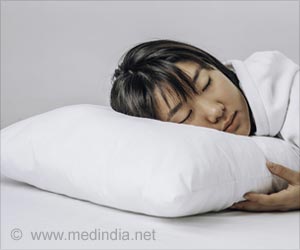TV programs may be an important driving force behind a dramatic increase in cosmetic and weight reduction surgery.
An editorial in the latest edition of the Medical Journal of Australia, reality TV programs, such as The biggest loser,which focus on extreme weight loss and drastic changes to a person’s appearance, may be an important driving force behind a dramatic increase in cosmetic and weight reduction surgery.
In 2007, The biggest loser Australia averaged more than one million viewers per episode, with the finale drawing nearly two million watchers. The series winner lost 70 kg or 47 per cent of his starting weight.The winner of the 2004 US series of The swan underwent 13 facial, dental and body procedures, including brow, eye and mid-face lifts, liposuction, fat transfer to the lips and abdominoplasty (tummy tuck).
Professor Keith Petrie and his co-authors, from the University of Auckland’s Department of Psychological Medicine, said the portrayal of cosmetic and weight loss procedures on television typically distorted the speed and difficulty of these physical changes – creating unrealistic expectations for viewers – and had been shown to lower viewers’ self esteem.
Professor Petrie said ethical safeguards needed to be put in place for participants in these ‘appearance medicine’ programs, as well as more research into the effects on both viewers and participants.
“Both [measures] would help improve participant selection procedures and ensure that vulnerable individuals are not placed in potentially damaging situations,” he said.
One study showed that four out of five patients who were seeking first-time cosmetic surgery reported that they were influenced by plastic surgery reality television. Dentists also reported that ‘extreme makeover’ programs had recently increased the demand for cosmetic dental procedures.
Advertisement
Professor Petrie said that most of these appearance medicine TV programs focused on the few individuals who had the most dramatic results – exaggerating the likelihood of positive outcomes. He said the rate of weight loss and other appearance changes also seemed extremely fast due to time being condensed into a television program format.
Moreover, Professor Petrie said, the environments in which appearance medicine programs were filmed were often highly artificial, as most people don’t have access to the same level of resources, equipment, personal trainers and chefs.
“Given the dissatisfaction that participants typically express about themselves and their lives at the programs’ commencement, the extreme psychological pressure that is creating during filming, and the difficulty of maintaining rapid weight loss, it would be surprising if all participants and their families walked away unscathed,” he said.
Source-AMA
RAS/L













